Malta Has Set Ambitious Climate Goals… It’s Up To Us To Make Sure It Reaches Them
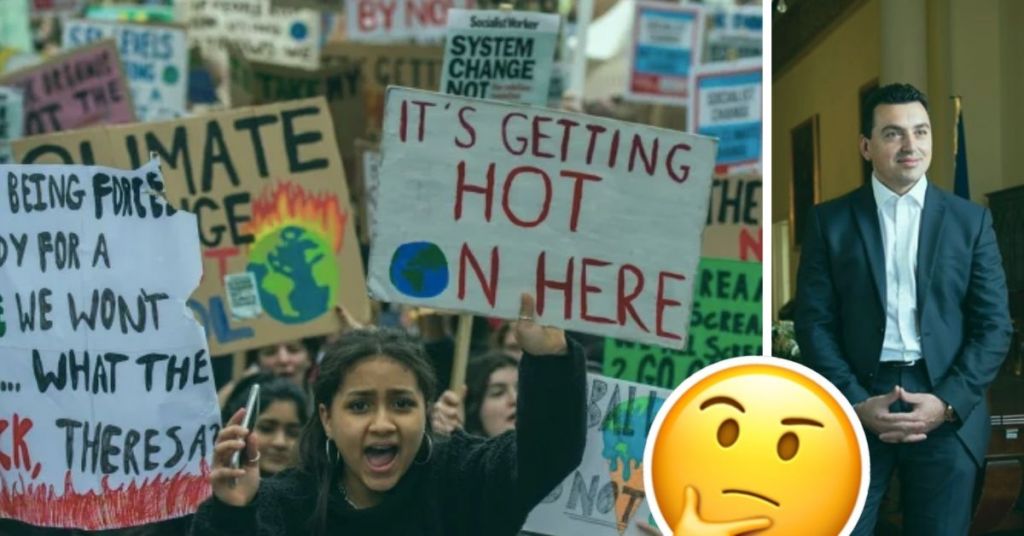
Gone are the days where climate change was a peripheral issue. Malta has joined a handful of other countries to declare a climate emergency, as well as pledge to cut emissions to avoid climate collapse.
One year on from the declaration, Malta unveiled an ambitious climate action plan – to achieve net-zero emissions in just 30 years and implement green changes to every aspect of life. It’s an arduous task, but it’s up to us to make sure they keep their word.
After pressure from Malta’s Youth Council, a student-led protest and calls of local activists from Extinction Rebellion, Malta’s parliament declared a national climate emergency in October 2019.
Exactly one year on… what has Malta actually pledged to do to fight climate change?
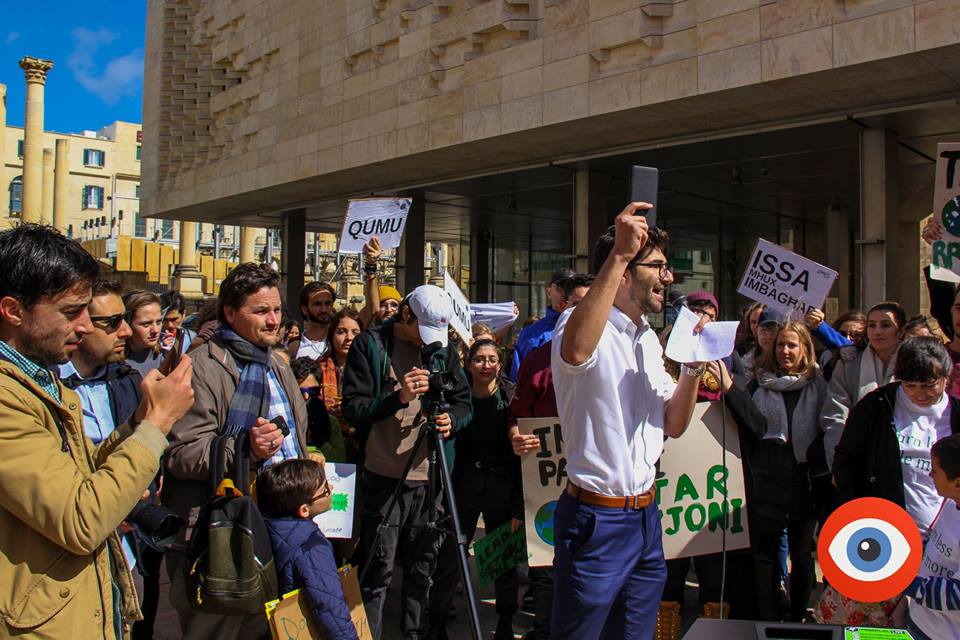
Maltese students at a climate protest organised in March this year (Photo by Third Eye Malta)
While there isn’t much tangible progress made the year after the declaration, Malta’s Environment Ministry told Lovin Malta that a comprehensive 30-year plan to battle climate change is being drafted.
It looks to seriously shake up sectors like transport, energy, buildings and industry at large to align with its green goals. A spokesperson explained that it will be issued for public consultation “soon”.
Meanwhile, this year’s national budget is centred around moving Malta towards sustainability and has some innovative ideas that could propel us to being a micro-state leader in climate.
It has an entire chapter dedicated to the greenification of our economy, revolving around a strategy to achieve carbon neutrality by 2050.
However, virtually every country has pledged similar plans, but are not legally bounded to stick to their words. Politicians who fail to act and meet the targets could be out of the political scene or dead, making their successors an easy target to blame.
Setting a closer target, like 2035 for example, would tie politicians to realise their goal.
It’s also a highly complex issue, with poorer countries arguing richer ones should bear the brunt of expense for climate reforms. Meanwhile, climate change denialism is on the rise with the world’s third-highest polluter, the US, pulling out of the Paris Climate Change Agreement.
Can Malta really achieve its goal to reach zero carbon emissions in just thirty years?
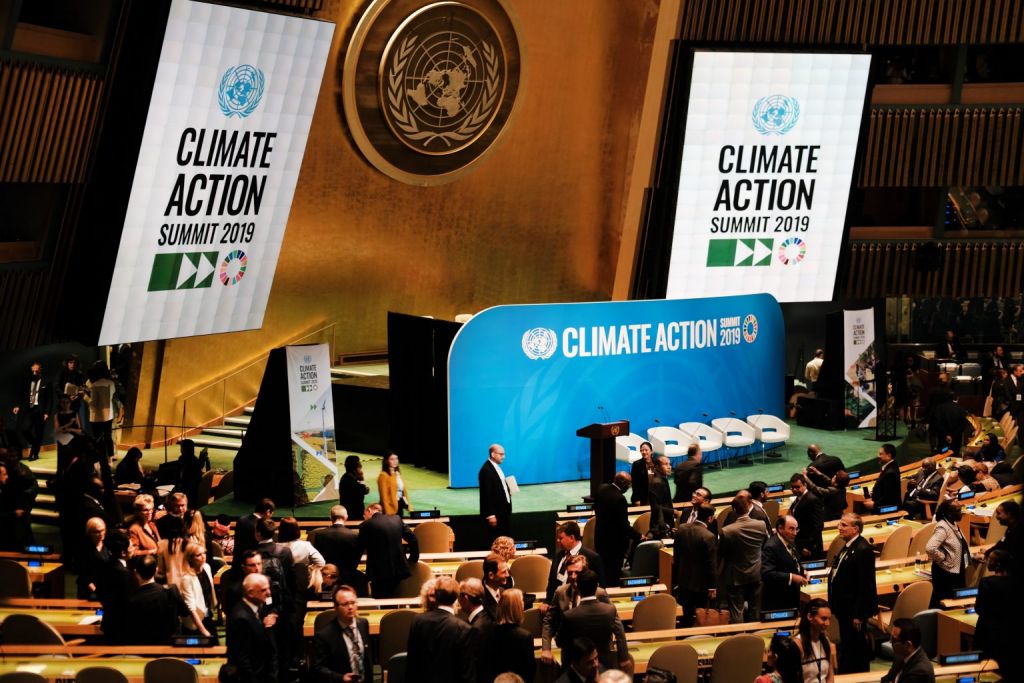
(Photo by Spencer Platt/Getty Images)
In order to slow down a climate catastrophe, countries have to find ways to reduce their carbon footprints and lower emissions drastically.
Malta heavily relies on carbon-emitting fossil fuels for energy and petrol and diesel-powered transport. In fact, it currently emits 5.4 metric tonnes of carbon dioxide per capita. That is the equivalent to one large hippopotamus worth of Co2 per person living on the islands.
The island was also one of the few EU states that registered an increase in CO2 emissions last year, while nearly every other country in the bloc saw a decrease.
And we aren’t reaching our own 2020 targets by a long shot.
Minister for Environment Aaron Farrugia
In fact, Malta’s greenhouse gas emissions increased by 28% in 2018, greatly exceeding the Europe 2020 target of limiting increases to only 5%.
So, with most developed nations lagging behind their own targets, what can we learn from other countries?
Morocco
Morocco is leading the way in terms of climate policy.
According to the Climate Action Tracker, Morocco is one of just two countries with a plan to reduce its carbon dioxide emissions to a level consistent with the Paris Agreement.
That’s probably because it’s National Energy Strategy looks to generate 42% of its electricity production from renewables by this year and more than half by 2030.
At present, around 35% of energy used in the African state is green, thanks to major investments like the Noor Ouarzazate complex, the largest concentrated solar farm in the world. It covers an area of around 3,500 football fields, generating enough electricity to power all of Malta and more.

Noor Ouarzazate, Morocco
That being said it’s not entirely fair to compare Morocco with our island – the former has a clear advantage over Malta, with the Sahara Desert providing endless swathes of land to take on a project of this scale. However, it’s their bold commitment to investing in clean energy resources that Malta can take notes from.
Malta doesn’t have an endless desert, but it does have one of the largest territorial waters in the region. That’s fertile ground for green investment like floating wind farms.
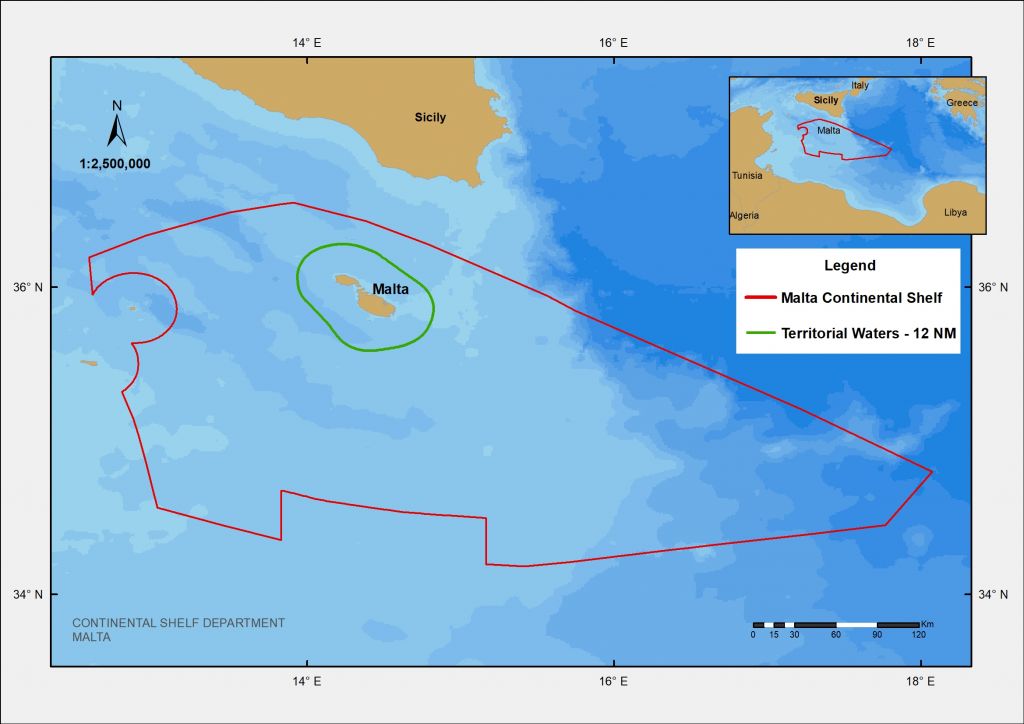
United Kingdom
Malta can look to the UK for its impressive dedication to solar energy.
The UK’s Hornsea 1 is the world’s largest off-shore wind farm. The country is looking to quadruple its capacity to help ween off burning coal and gas by 2030.
It’s a hefty challenge to produce enough reliable green energy to power such a large country, but it is bound by national law to do so. Offshore wind farms like Hornsea 1 avoid eye-sore solutions like endless solar panel farms or in-shore wind turbines.
For a tiny island like Malta, it could be the ultimate solution. Malta’s territorial waters stretch 22 nautical miles out, which provides ample space to set up an extensive floating wind farm without it being a sight for sore eyes.
Both countries have pledged the same target – to reach net carbon emissions by 2050. For the UK, this means upping its offshore wind farms a fourth-fold. While data isn’t available for Malta, the island will need a fraction of what is needed by the UK. The government could also commission studies as part of its Low Carbon Development Strategy announced in this year’s budget.
Instead of looking for oil on our continental shelf, we could be investing in solar energy and potentially produce enough to sell to other countries.
Another point worth noting is Britain’s Climate Change Act. It’s the world’s first legally binding national commitment to cut greenhouse gas emissions.
This means that with green initiatives like carbon pricing, the government can penalised emissions from burning fossil fuels, so investors are forced to look at cleaner ways of “fuelling” their industries.
Not only will the UK be a climate leader through its intense green investments and legally-binding targets, but its populace will benefit from cheaper energy and more green jobs – all at a lesser expense to our planet.
The EU is currently debating the bloc’s first legally binding climate policy which, if passed, would make reaching the 2050 target of zero emissions a legally binding one.
This would be a great win for those who care about our climate. However, if Malta wants to take its own declaration seriously, it should have its own independent body like the UK’s to monitor its progress on climate and make its environmental pledges legally-binding.
Perhaps introducing one for the islands could make sure the government doesn’t break its own promises.
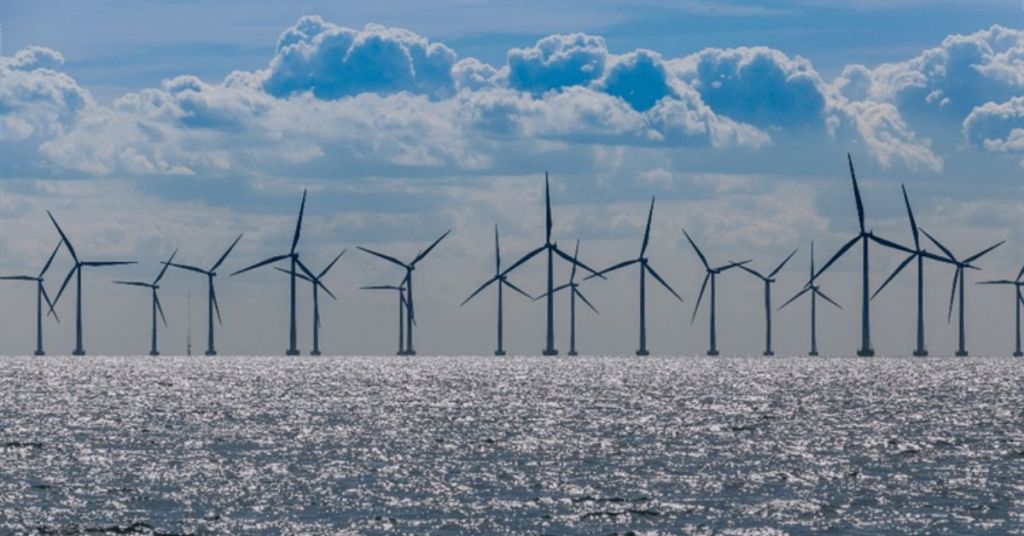
The largest off-shore windfarm in the world Image Credit: Masha Basova/Shutterstock.com
Costa Rica
Costa Rica may be the most commendable country on the planet when it comes to climate policy reforms. The small South American state aims for its electricity production to be 100% renewable by next year – and it already very close to meeting that goal.
Nearly 98% of Costa Rica’s electricity is greenly produced, mainly through hydropower for four years counting.
Like Malta, its main emission problem stems from transportation. Now, renewable energy for its railways and roads is a top priority.
Its National Plan for Electric Transportation ensures that at least 5% of traditional buses are replaced by electric ones every two years while at least a tenth of new taxi concessions is to be given to electric vehicles.
Malta’s budget did mention looking into greener modes of transport in its budget, but the actual plan is rather vague and there is no guarantee of it being prioritised. What is clear is that shifting to electric cars is not enough – we need infrastructure for bicycles, pedestrians and efficient public transport.
Costa Rica is much larger than Malta and much less dense. But it’s clear that the Central American state understands the dire consequence if we don’t act now – islands like Costa Rica and Malta will be engulfed by the rising sea levels caused by climate change if we don’t act fast. It’s ultimately a do or die situation and Costa Rica put its money where its mouth is.
Will Malta do the same?
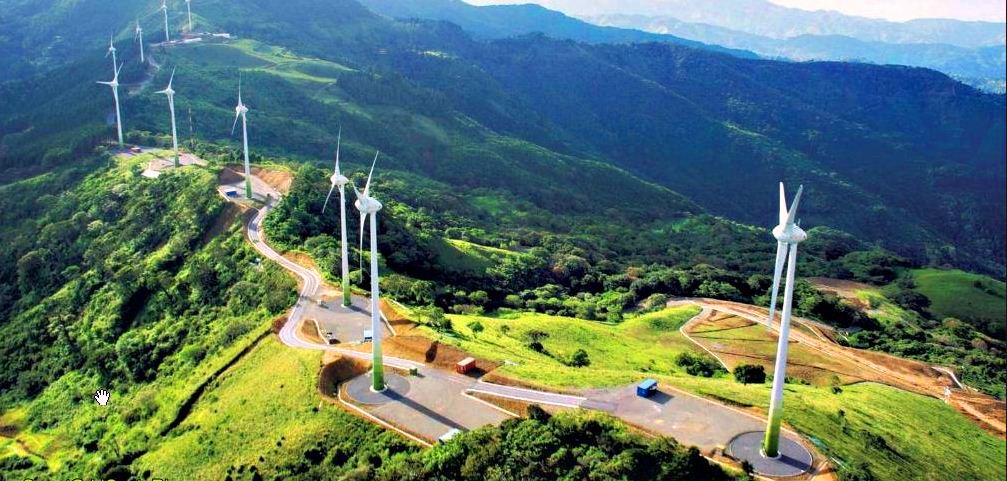
Santa Ana, Costa-Rica Wind Turbines. Photo sites.psu.edu
So, what is Malta proposing exactly?
While the 30-year plan is being developed, the government unveiled an entire chapter in its budget to greenify our nation.
It centres around developing a low carbon strategy and incentivising investors to fund green projects.
The plan is being developed in a Low Carbon Development Strategy, which will recommend measures to turn to cleaner energy as well as recommend greener transport, higher standards of energy use for industries and households as well as more holistic management of our waste.

Finance Minister Edward Scicluna presented the budget
“Green bonds” will also be introduced to incentivise investors to fund green projects that would help us be a post-carbon economy.
This means that as of next year, Malta’s stock exchange will introduce packages to lure investors to invest in green bonds. These bonds act as a fixed income instrument which investors can use to finance projects that promote clean energy and reduce air pollution.
In other words, its a nearly foolproof investment, directly helping Malta move away from its usual carbon-emitting practices.
It also details the largest investment into waste management that the island has ever seen, called the Material Recovery Facility. Waste is a huge issue in Malta – new plants will help us shift away from landfills and provide another way of making energy, by burning it.
Malta also pledged to say goodbye to single-use plastics. Importation will be cut off as of 1st January 2021, with a two year cut-off for their sale. Moreover, there are plans to instate measures to improve air quality in towns, move towards electric vehicles and add major greenery to urban areas.
What do activists think?
While activists have widely applauded Malta’s decision to declare the climate emergency and shown its interest through a budget chapter, they warn of persistent “greenwashing”.
“For example, improvement of incentives for alternative transport was mentioned, but no guarantee or priority was placed on them,” Extinction Rebellion explained.
“It focused less on ways of implementing green infrastructure where unsustainable urban development ad infinitum is no longer the reality, on providing less power to developers and more power to the people and local councils, on stronger environmental protections with regards to flora and fauna, moving towards a degrowth society, and more.”

Extiction Rebellion
It all sounds very promising on paper, but we already know that other countries are failing to meet their targets set out in the Paris Agreement.
Moreover, how can we expect such radical reforms for our climate when the government seems so reluctant to crack down on over-development, paving through trees for more roads for cars and destroying historic buildings?
Not to mention the terrible irony of government cutting down hundreds of mature Attard trees while our Finance Minister tried to sell us this green deal on our TV screens.
Ultimately, it all boils down to the political will from our institutions and our efforts of keeping the state in check and accountable.
Civil society plays a fundamental role here. Environmental activism has blossomed in the past decade. Whether it’s the seasoned activists of Graffitti, the young faces of Extinction Rebellion, clean up groups and students. If it weren’t for the pandemic, we would be on the streets making sure our voices are heard.
It is up to us to remind the state of what it declared last October: that climate change is an emergency, both nationally and beyond. We don’t have a second chance at this – the stakes are very high, with our entire existence as an island at stake.
It will be hard work, but as the persistent activists fighting corruption, overdevelopment and abortion rights know, consistency works.
